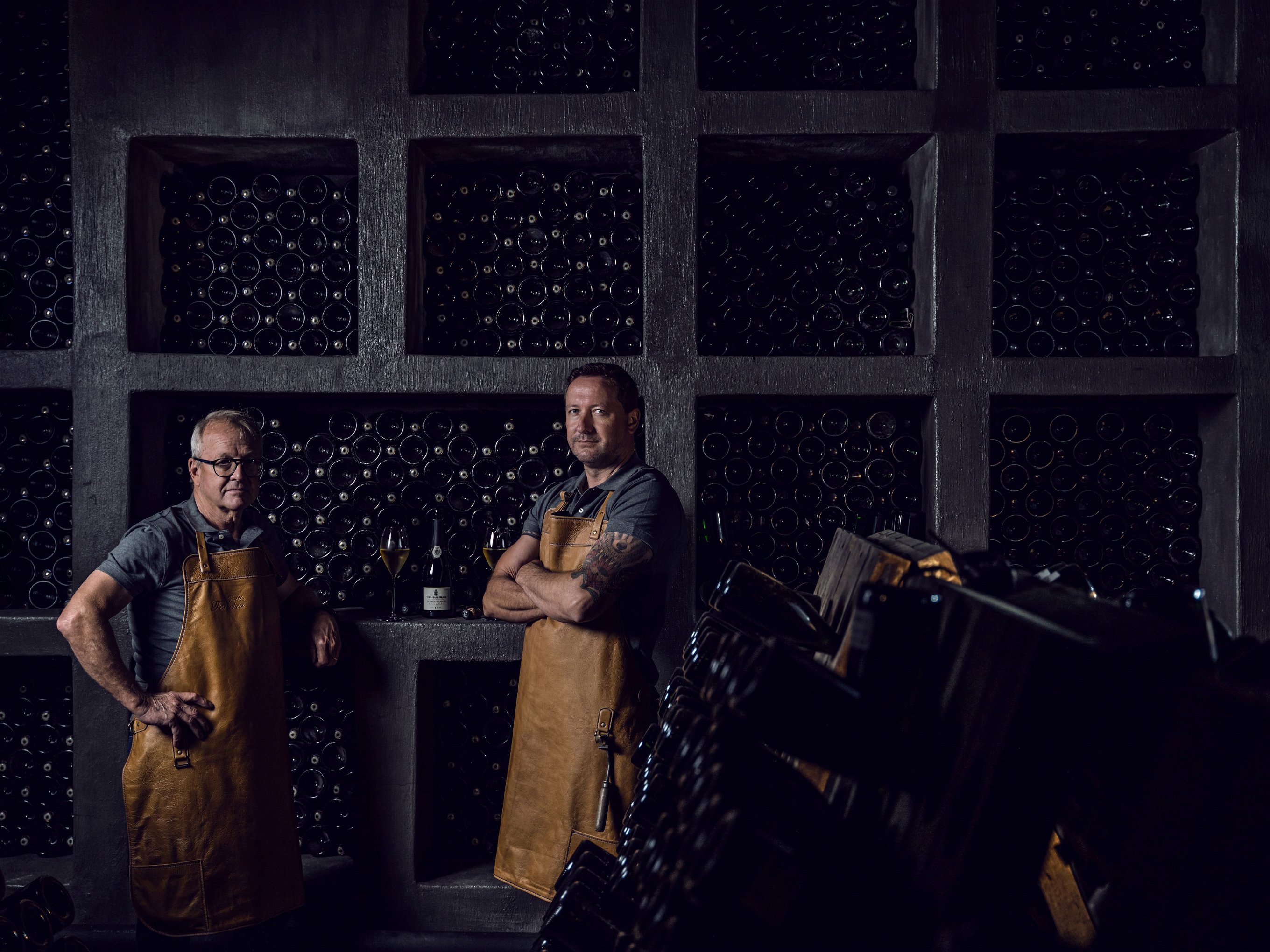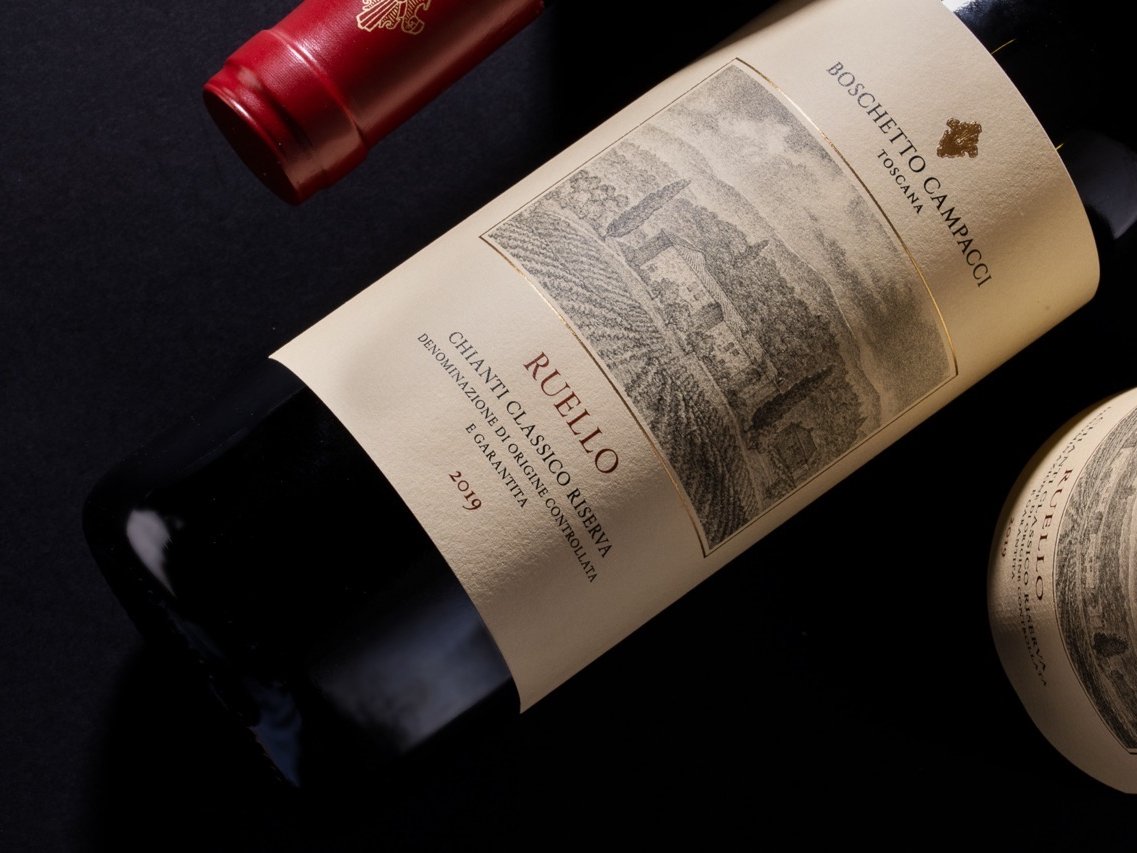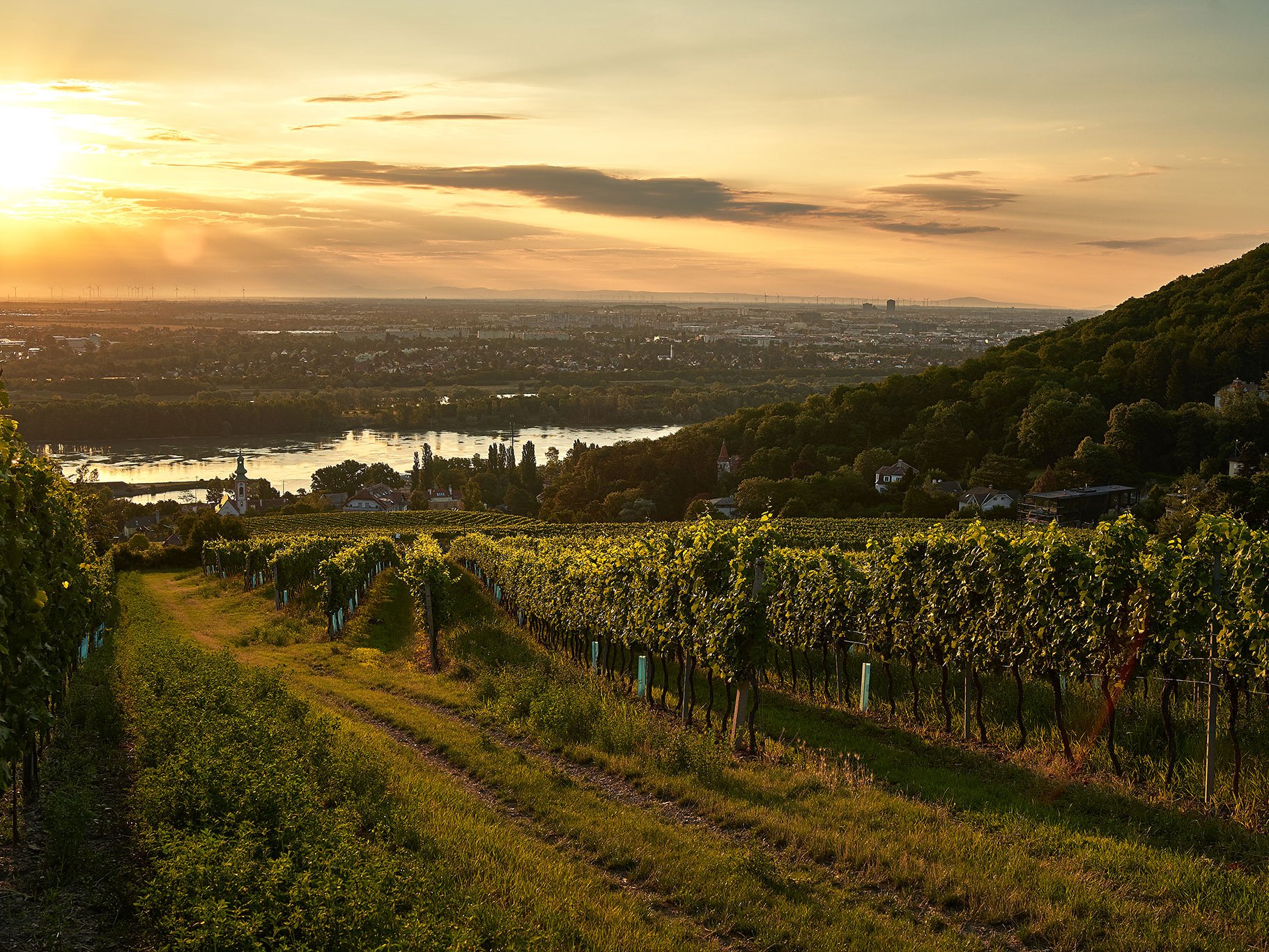South Africa: Pinotage Turns Over a New Leaf
A new wave of Pinotage has swept across from South Africa, making a whole new case for the country's flagship red grape. And it is a real departure.
If you think you know Pinotage, think again. The combination of earlier harvests and gentler extraction has allowed Pinotage to show its elegant side. Brimming with ocean freshness and aromatic fruit, these wines are a real departure – and show off the character of beautiful single sites in South Africa’s winelands.
Proudly South African
“Our proudly South African young variety finds itself in a mature phase in terms of know-how,” says Dirk Coetzee, winemaker at L’Avenir in Stellenbosch. “I think we know much more than we used to. For that reason, I would say, Pinotage invites you to look at our South African winelands and all the terroirs through a unique and exciting lens.”
The grape variety, a truly South African original, was created in 1924 at the University of Stellenbosch by crossing Pinot Noir with Cinsault – unlikely bedfellows to say the least. With rich, ripe fruit, it lends itself to full-bodied, oaky styles that became rather fashionable – but also a parody of themselves. Plagued by a virus that gave it a rubbery smell, the grape almost gained a bad name. But that is the past. South Africa’s winemakers have turned a new leaf and a new, fresh, aromatic wave of Pinotage is here. Elegance, purity and freshness are the declared aims, and the wines bear those attributes out.
“Pinotage is very widely planted; it also represents most of the old vines in our industry – similar to Chenin Blanc,” says Coetzee. “For that reason, it expresses all our winelands’ extreme topography, our beautiful, ancient and diverse soil types and also our maritime influence that we feel. You will find all this in the variation of styles. You have lighter, pure, tight, fruit-driven wines to rich, bold expressions – this is due to different sites and different philosophies. You cannot put it into a stereotype box.”
Sandstone, shale and granite
“There are three main rock types in the Cape,” explains Dr Etienne Terblanche, a viticultural consultant for Vinpro. “The youngest is sandstone – forming the cap of Table Mountain, laid down around 300-400 million years ago. Below the sandstone is a shale band which we refer to as the Malmesbury shales, actually quite a soft and pliable medium, laid down about 500-550 million years ago. Within the shale we have granite intrusions, this forms a big part of the Cape wine terroir. There are also greywackes created by metamorphism – the contact point between the granite and the shale.” Coetzee adds that granite results in “rich and structured wines” while “shale gives a lot of fruit intensity with great purity of fruit. On the sandstone you get quite tight tannins.”
A new face of Pinotage
With much more fresh-faced Pinotage, without the heavy make-up of over-ripeness and new oak, site-specific character shows through, as does the natural charm and structure of the fruit itself. Earlier picking, whole-bunch vinification, subtle extraction and use of larger oak formats all make a huge difference. You can almost smell the ocean breezes. Coetzee and Terblanche prove their point with six unusual wines – diverse but elegant – and very different from the Pinotage you may remember. There is depth and aroma, but no heaviness. Go seek them out.












